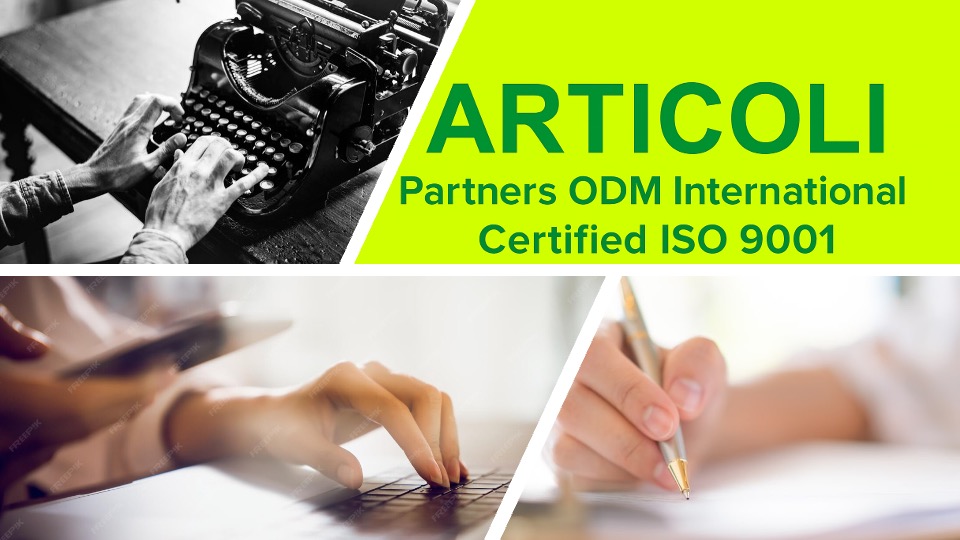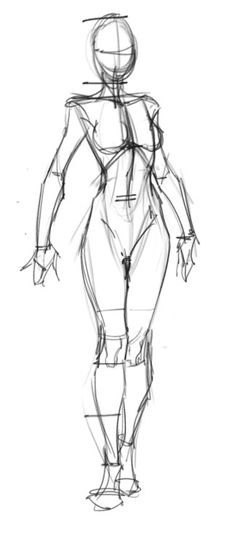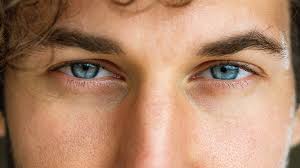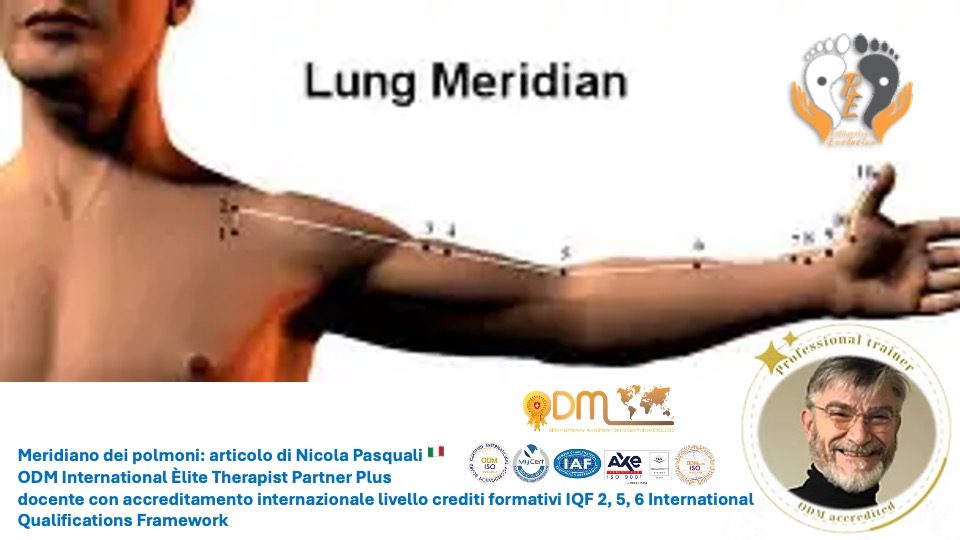ARTICLES

October 30, 2025, The Memory of the Body
There are memories that are not in the thoughts, but in the tissues. Memories that live in the body, which makes the tension in the shoulders, breath held, weight in the stomach.
Are silent stories, experiences, and never fully worked out. The body guards with fidelity, as if keeping them would protect us from what at one time was too much.
In my studio, I often see how much of this memory of the body affects the growth, the relationship, the capacity of being in the world. A child who closes the contact, an adult who never fails to relax: both tell with the body, something that the mind has no more words to say.
The body, in the end, not the mind. Know before us when we feel safe and when not to.
In recent years, neuroscience , and somatic psychology have offered valuable tools for understanding this subtle dialogue between the body and the mind. Theapproach polivagale, for example, shows us how the nervous system is constantly seeking balance between security and openness.
And here the encounter between professionals and the body becomes a fertile ground: through touch, movement, posture, the body can find ways of adjustment that the word alone is sometimes not enough to wake up.
The healing — the real one — not only understand, but to feel it again. Feel the body melts, the breath is back, the deep, the internal rhythm that is slower. That’s when the memory fails to be trauma and becomes self-knowledge.
Reconnect the body with is not a technical exercise, it is an act of faith –. A way to say: I can stay here, in my body, in my time, in my story. And from there, start over.
The path to it can be delicate, but never lonely: when the mind and the body come back into the dialogue, even the life comes back on track.
Article of the Dr. Samantha Peroni 🇮🇹




October 16, 2025, The Power of the Gaze in Therapeutic Reception
The moment a client enters our office, the therapist’s gaze represents the first channel of contact, the first symbolic “embrace”: a space where they feel seen, recognized, and welcomed for who they are, without judgment.
It is through this gaze that security, attentiveness, and a willingness to listen are conveyed—fundamental prerequisites for establishing an authentic and meaningful relationship.
From a pedagogical perspective, the gaze is considered a powerful educational tool: it recognizes the person in their entirety, validates them as an active participant in their own journey, and creates space for mutual trust. Looking at others with intention means offering them the opportunity to feel seen, welcomed, and supported in the process of change.
It is the gaze that says: “You matter. You are here, and I am here with you.”
On a psychological level, however, the empathetic gaze serves an emotional co-regulation function. Welcoming and stable eye contact fosters a sense of internal security, reduces defensiveness, and prepares the groundwork for authentic dialogue. In this way, the therapeutic relationship becomes a context of containment and improvement; a relational field is created in which the person can begin to dissolve their defenses and tap into their inner resources.
Welcoming with a gaze is therefore not a kind gesture; it is a therapeutic act, a form of profound care that precedes every word and accompanies every step of the journey.
It is the meeting point between professional knowledge and human sensitivity—where the process of change truly begins.
Let’s not forget this
October 5, 2025, Born Method, successful pediatric clinical case, by Dr. Boris Alfonso Ania 🇮🇹
BORN METHOD and SUCCESSFUL PEDIATRIC CASE STUDY
An 11-month-old girl’s regained sleep
I personally thank Federico and Denise for their testimony on the application of the BORN Method.
I’m happy to share a success story that demonstrates the effectiveness of the treatment I learned.
Recently, I had the opportunity to treat an 11-month-old girl who suffered from irregular sleep patterns, making her nervous and hyperactive.
Her parents, exhausted and worried, turned to me for a solution.
The Treatment
On Boris’s advice, I followed a specific protocol for the 0-3 age group:
First session: FRT 1 was performed.
Second session: FRT 2 was performed.
The Result
The results were surprising and immediate. The girl began sleeping peacefully through the night and waking up very calmly in the morning.
Her tranquility extended throughout the day, making her more serene and affectionate.
Her parents are grateful and relieved to have regained their rest and serenity at home.
I sincerely thank Boris for his guidance and the valuable teachings he has taught me. They continue to produce such important results.”
Federico Corioni
I would like to point out that the image of the child is not real but rather graphically created.


September 19, 2025, teo walking: by Dr. Dario Farinella 🇮🇹
Teo-Walking is defined as walking primarily on tiptoe. The tendency to tiptoe is quite common in young children during the initial stages of independent walking. In most cases, this tendency progressively diminishes with growth until a normal gait is achieved, generally by the age of 2-3 years. Therefore, it is generally recommended that children who continue to exhibit this tendency beyond the age of 2-3 years be referred for further evaluation.
Treatment
There are various treatment options. For mild cases, only developmental monitoring is possible. For more severe cases, options include stretching, orthopedic braces, corrective casts, botulinum toxin, and corrective surgery. Innovative, minimally invasive orthopedic braces have recently been developed that exert a dorsiflexion moment on the foot by exploiting the elastic properties of carbon, a specific insole, and a shoe with appropriate lacing.
The video shows the patient before the first manipulative treatment and the day after treatment.

August 16, 2025, Lung Meridian by Nicola Pasquali 🇮🇹
The Lung Meridian is the first in the sequence of the main meridians. It represents the origin of the meridians and, through breathing, the origin of life ,,,